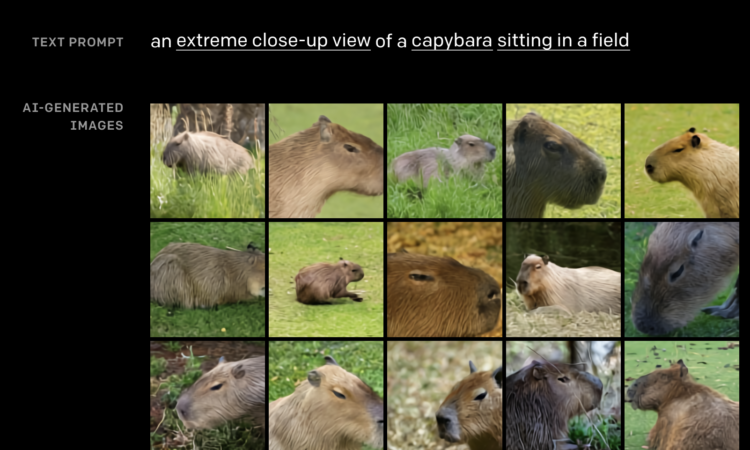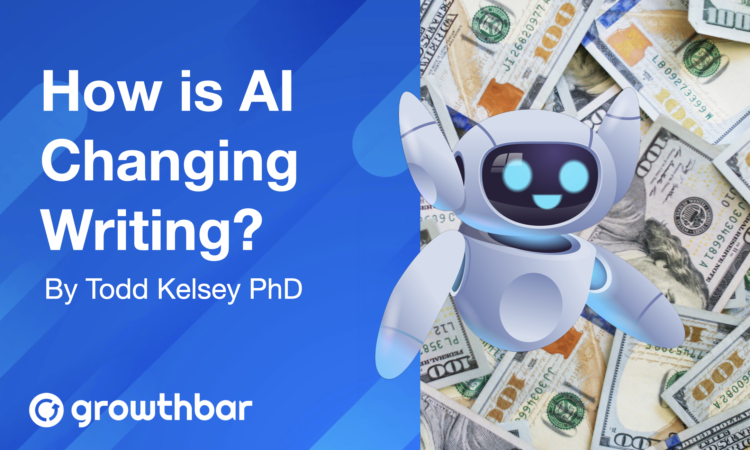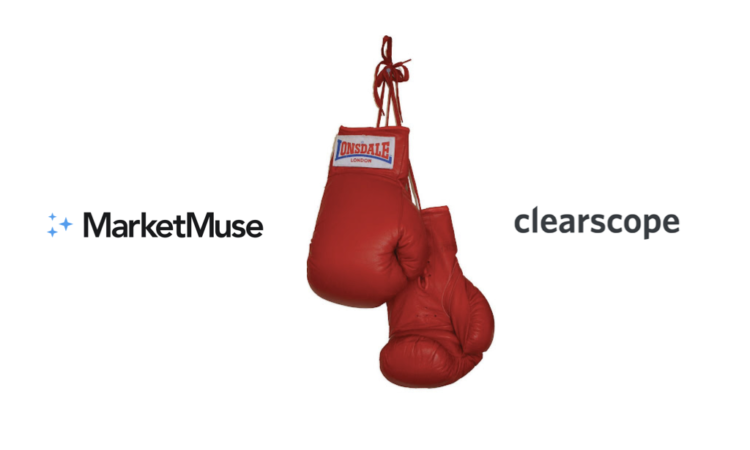- Write With AI in Your Brand’s Voice with GrowthBar - April 21, 2023
- How Long Should a Blog Post Be? [2025] - April 14, 2023
- 13+ Best ChatGPT Prompts for SEOs [2025] - April 14, 2023
Ended soon
There is no question that images are an important part of our lives. Whether it is a photo of a loved one, a beautiful landscape, or a funny meme, images play a big role in how we interact with the world. And this role is only going to become more important in the future.
DALL-E, OpenAI’s newest language model, produces unique images based on input text. The name is a mix between Salvador Dali and the lovable Pixar robot, WALL·E.
OpenAI, backed by Elon Musk and Sam Altman, has been spearheading the development of artificial neural networks, with the goal of making them as powerful as human brains. DALL·E is their most recent project.
It literally creates images from text captions for a wide range of concepts. So if you want a koala on the moon, or a sabertooth tiger walking on 5th avenue, or this…
DALL·E can do it.
As someone who’s fascinated by AI in the SEO industry, DALL·E is something to behold. It’s the next evolution of GPT-3 for marketers.
Imagine never having to pay a stock photo company ever again! Just ask DALL-E for an “illustration of a baby daikon radish in a tutu walking a dog” and you shall receive.
I’ve been writing blog posts for my blog Growth Marketing Pro for 5+ years. Sourcing the right images can be difficult. Sometimes you find a perfect graph or infographic to illustrate your point, but just as common is finding nothing that helps move your blog story along.
Color me fascinated by DALL·E!
Table of Contents
How Does DALL·E Work?
Like GPT-3, DALL·E is a transformer language model. It receives both the text and the image as a single stream of data containing up to 1280 tokens, and is trained using maximum likelihood to generate all of the tokens, one after another. A token is any symbol from a discrete vocabulary; for humans, each English letter in the alphabet is a token. DALL·E’s vocabulary has tokens for both text and image concepts.
Tokenizing the hugely complex human language is how a language model works. Think about it — to understand the sentence, “the small brown furry animal ran across the busy road,” the model needs to know that “small,” “brown,” and “furry” all refer to the animal.
That’s a tall order for a machine. The human language is full of complexities and ambiguities. Machines are not.
In any case, DALL·E ingests the data and then, using something like a Generative Adversarial Network (GAN), creates an image out of thin air. Pretty crazy, right?
DALL·E Examples
I’m sure you want to see what it can do. DALL·E is able to understand input text and produce a 100% unique image. It’s incredible because it can modify attributes of something and also .
Take a look at some of the outputs below.
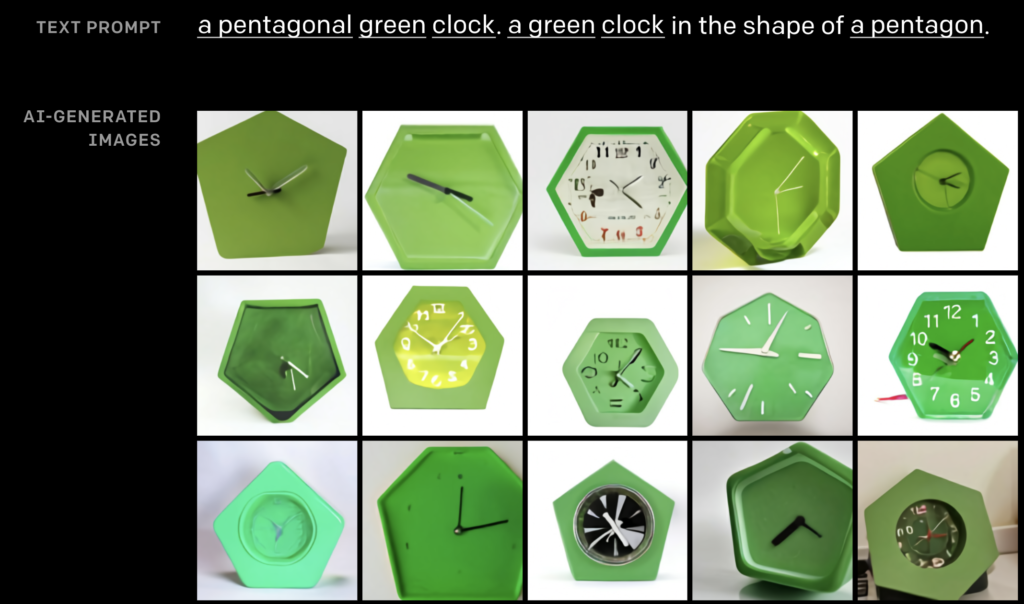
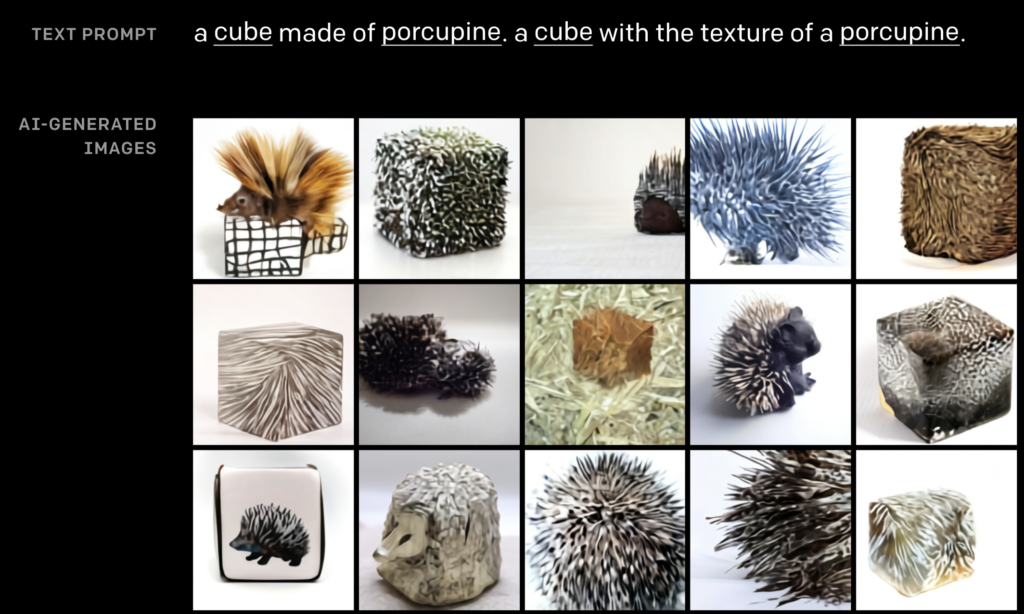
Think about the complexity of this: DALL·E has to understand attributes, draw multiple subjects, and even understand perspectives and closeups. This is really sophisticated stuff.
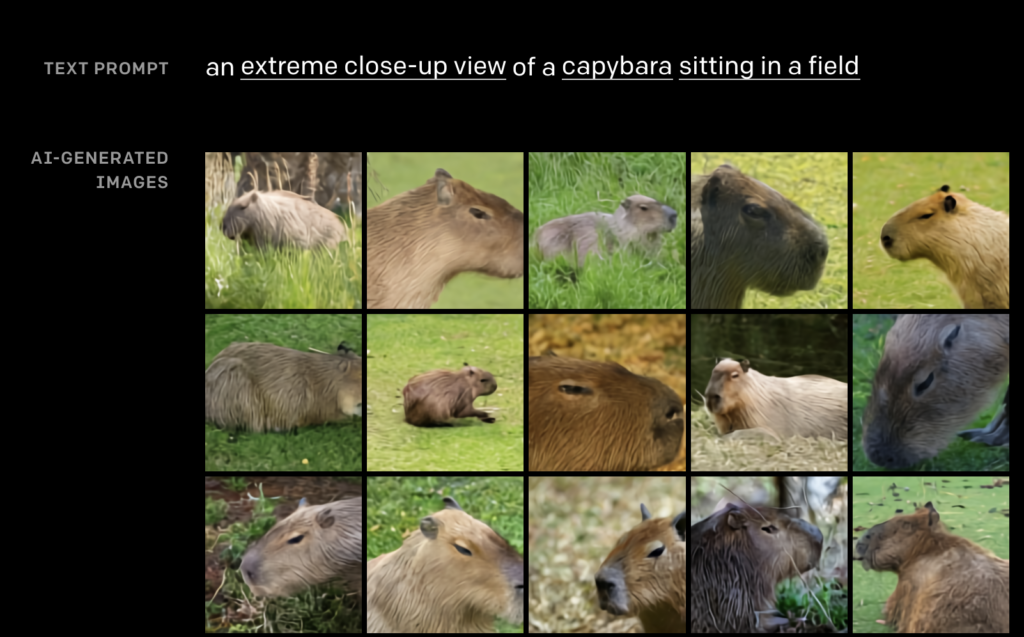
DALL-E Demo Site
DALL·E is not yet a part of GrowthBar, but I’m sure you want to play around. GPT3Demo does have a few applications in which you can preview GPT-3 outputs like DALL-E.
It’s even easier to play around with the functionality on the OpenAI site here.
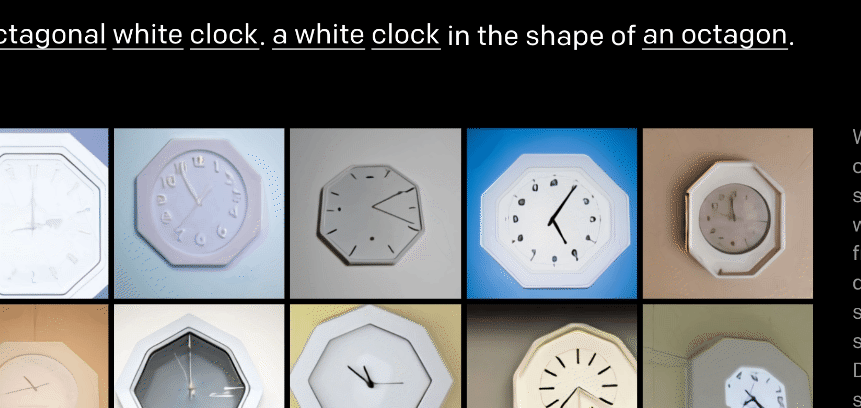
What we Think
Images are supremely important for marketers.
- Images can quickly and easily convey a lot of visual information, which is why they are often used in advertising and marketing.
- Images are a very powerful way to create an emotional connection. This is why so many brands try to create an emotional connection with their customers through their branding and marketing.
- Images are a very versatile medium. They can be used for a variety of purposes, from entertainment to education.
That’s why we think DALL-E has a big future in GrowthBar. While our focus remains on making the best AI writing tool for now, why not marry our algorithms with DALL-E to create SEO optimized content in less time.
The part of DALL-E we want to learn more about is biases. Any AI is only as good as its teachers, and when the data that trains them includes biases—which documents created by humans do—the machine learns these biases. But, consistent with Sam Altman’s good character, OpenAI seems to be taking a very ethical stance on AI thus far.
Overall, DALL-E is an incredible feat and we’re very excited learning about continued progress in the AI content space. And we’re thrilled to be one of the leaders.

